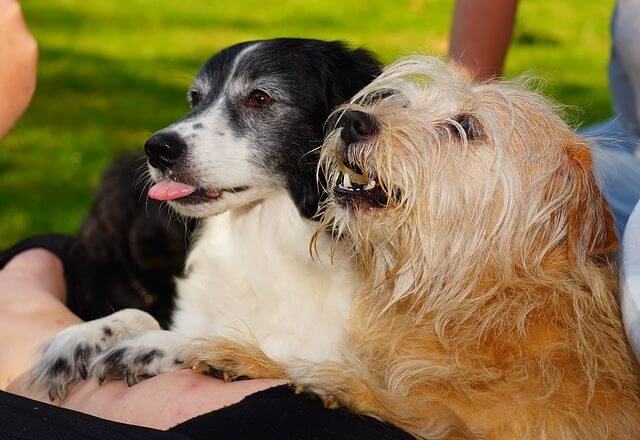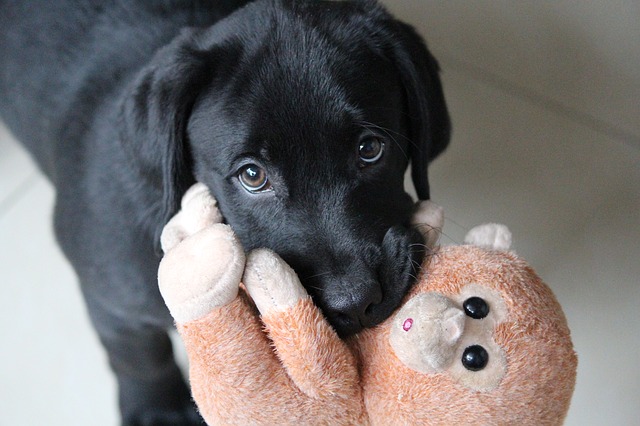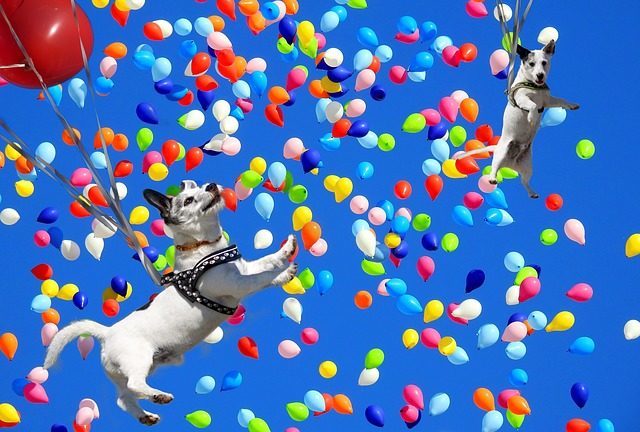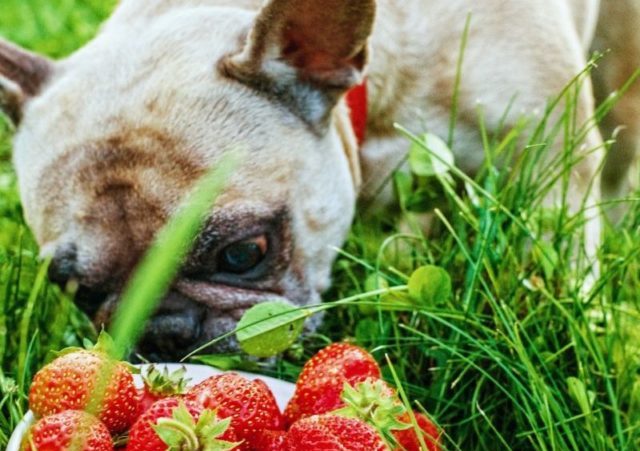Some pups just never seem satiated. Every time you walk past the treat jar they are on your heels hoping for a snack. There are several reasons why a dog may feel the need to eat outside of meal times, including their own evolutionary history. Wolves and wild dogs are “opportunistic scavengers,” meaning they eat what they can because their next meal is never guaranteed.

In order to determine the best way to feed your chow hound, you must first understand that all dogs eat differently, and that eating styles can change from day to day. Just like humans, dogs may overeat or stop eating alltogether in times of stress. They may also beg for food when what they really need is attention – remember, food is not love!

Consider these 5 tips to help your pooch feel fuller longer.
1. Know your dog’s body condition score.
Veterinarians use a basic system to determine if a dog is underweight, healthy, overweight, or obese. The body condition scale runs from one to nine, with one being a severely underweight/emaciated dog and nine being an extremely obese pooch. A score of four – six typically represents a healthy pup with a visible abdominal tuck and ribs that are easily palpated, but not visible.
If your dog is maintaining a healthy body condition score, but still begging for food, chances are he isn’t really hungry and may just need some extra attention.

2. Offer positive alternatives to food.
Dogs often crave food simply because it tastes good and they enjoy eating it. Giving in to begging will only encourage treat-seeking behavior in the future. If your dog is searching for a snack despite having already eaten a full, healthy meal, consider diverting his attention with other positive activities. Going outside for a walk, a game of fetch, or a relaxing brush-out could be just what your dog needs to satisfy his craving.

3. Avoid foods that attempt to satiate dogs with placebos.
Some savvy pet food manufacturers attempt to bulk up their kibble using excess air or water. While these tricks may help your dog feel more sated in the short-term, the feeling dissipates rather quickly. If your dog always seems to be hungry soon after mealtimes, choosing a higher fiber diet may be the solution.

4. Consider a higher fiber diet.
High fiber foods are best for giving dogs a lasting sense of fullness. Fiber cannot be digested, so instead of breaking down, it stays with them throughout the digestion process. Another benefit is that increasing the fiber content does not have to add lots of extra calories.
Ask your veterinarian to recommend a balanced diet that is high in fiber while still meeting your dog’s other nutritional needs.

5. Trade out dog treats for healthy, fiber-rich fruits and vegetables.
Veggies like zucchini, cucumbers, green beans, carrots, celery, and broccoli, and fruits like apples, blueberries, strawberries and raspberries are all excellent sources of fiber. While most veggies can be given freely or added to meals, carrots and fruits should only be given in moderation due to the excess sugar content.
Many pet parents chop fruits and veggies into bite-size pieces to be given in place of high-calorie dog treats – you can even freeze the extra portions for later use!
